HC-SR04 Ultrasonic Distance Sensor Module Overview
The HC-SR04 Ultrasonic Distance Sensor Module is a versatile, low-cost solution for accurate non-contact distance measurement. Using 40 kHz ultrasonic pulses, the module measures distances from 2 cm to 400 cm with a typical resolution of 3 mm. It is widely used in robotics, automation, security, and hobby electronics because of its simple four-pin interface and reliable performance.
Key Features
- Wide measurement range: 2 cm to 400 cm (1 inch to 13 feet)
- High resolution: up to 3 mm for precise readings
- Fast response: typical response time under 10 milliseconds
- Low power consumption: around 15 mA during operation
- Simple 4-pin connection: VCC, Trig, Echo, GND for easy integration
- Compact design: dimensions 45 mm x 20 mm x 15 mm for tight spaces
- Durable construction: built with components for dependable operation
Technical Specifications
- Operating voltage: 5 V DC
- Working current: 15 mA
- Measuring range: 2 cm to 400 cm
- Resolution: 3 mm
- Operating frequency: 40 kHz
- Trigger input: 10 microsecond TTL pulse
- Echo output: pulse width proportional to distance
- Dimensions: 45 mm x 20 mm x 15 mm
Applications
- Obstacle avoidance and distance sensing for robots
- Proximity detection for security systems
- Object detection in automation and industrial setups
- Liquid level measurement in non-corrosive containers
- Distance-measuring devices and DIY electronics projects
Wiring and Integration
The HC-SR04 uses four pins for a straightforward connection to most microcontrollers.
- VCC: 5 V DC power supply
- Trig: Trigger input (send a 10 microsecond pulse to start measurement)
- Echo: Echo output (receive pulse width proportional to distance)
- GND: Ground
Arduino Quick Start
- Connect VCC to 5 V and GND to ground.
- Connect Trig to a digital output (e.g., D9) and Echo to a digital input (e.g., D10).
- Send a 10 microsecond HIGH pulse to Trig, then measure the pulse width on Echo to calculate distance: distance (cm) = pulseDuration / 58.
Raspberry Pi Quick Start
- Use a 5 V power source for VCC, and connect GND to Pi ground.
- Use a GPIO pin for Trig (output) and a GPIO pin for Echo (input). Because Echo can output 5 V, use a level shifter or voltage divider to protect Pi GPIOs.
- Generate a 10 microsecond pulse on Trig and measure the Echo pulse width via timing routines to compute distance.
Tips and Best Practices
- Mount the sensor on a stable surface to avoid false readings caused by vibration.
- Avoid placing the sensor near soft, angled, or highly absorbent surfaces that can scatter or absorb ultrasonic waves.
- For improved accuracy, average multiple readings and filter out outliers.
- Use a level shifter when connecting Echo to 3.3 V microcontrollers like Raspberry Pi.
Why Choose the HC-SR04 Ultrasonic Distance Sensor
The HC-SR04 strikes an excellent balance between cost, accuracy, and ease of use. Its compact size and low power draw make it ideal for battery-powered projects and compact robotic platforms. Whether you are building a simple proximity alarm or an advanced autonomous robot, the HC-SR04 provides reliable distance sensing with minimal integration effort.
Note: Images are for illustration purposes only. Actual product may vary.

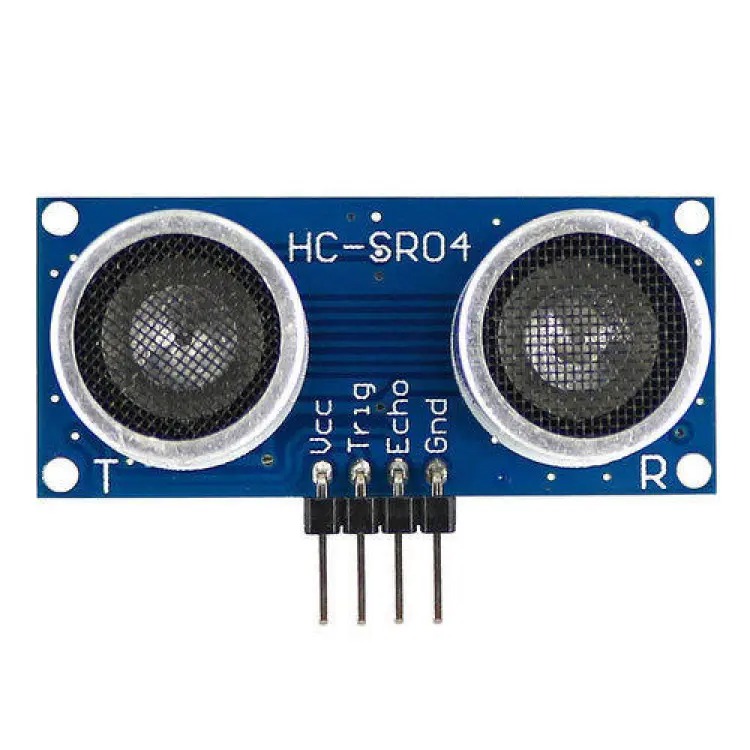
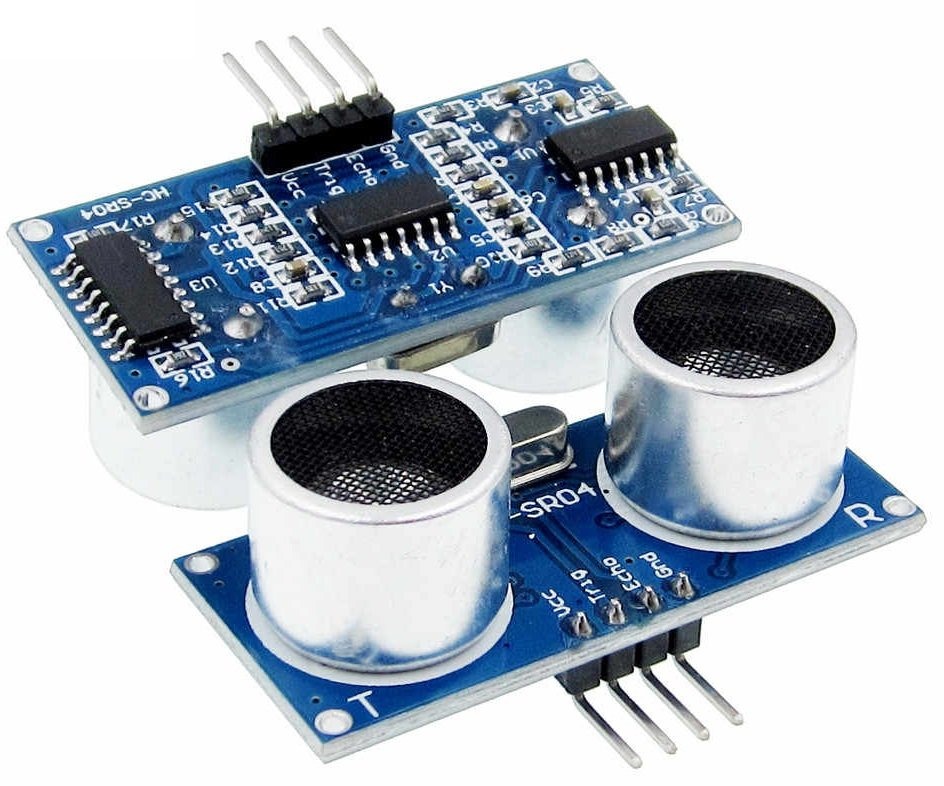
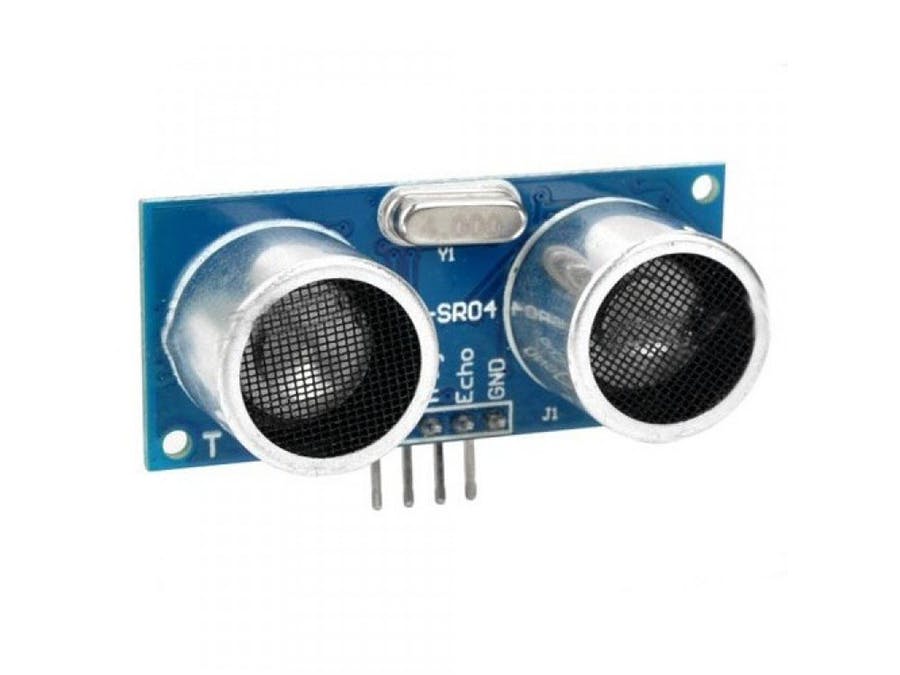

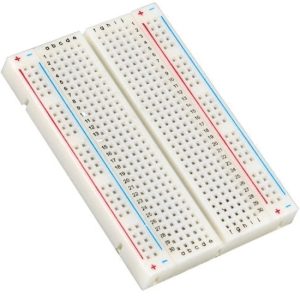
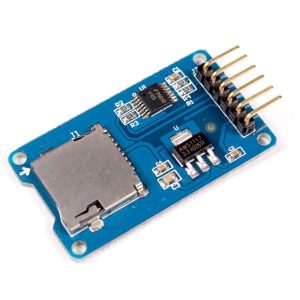

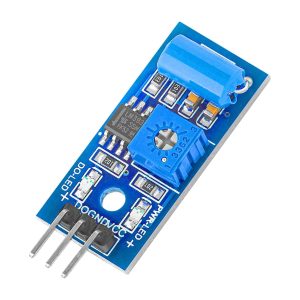
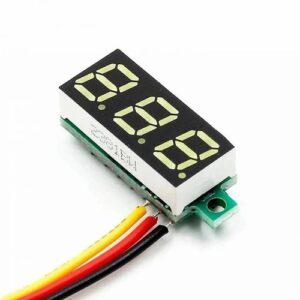
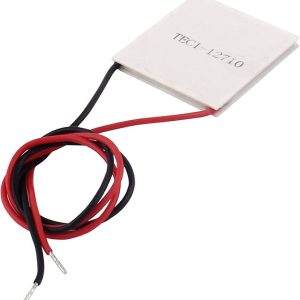
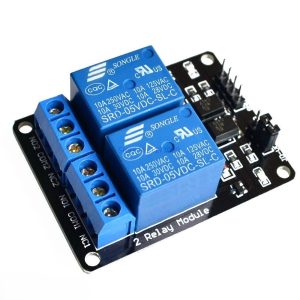
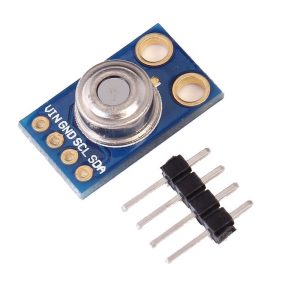
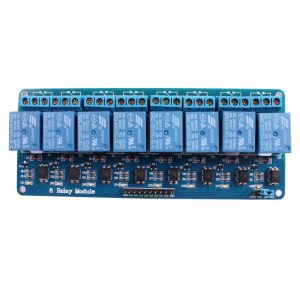
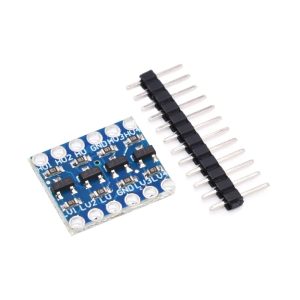

Raheel Qamar (verified owner) –
Raheel Qamar –
Muhammad Awais (verified owner) –
Muhammad Awais –
Abdul Momin (verified owner) –
Abdul Momin –
Afaq (verified owner) –
Afaq –